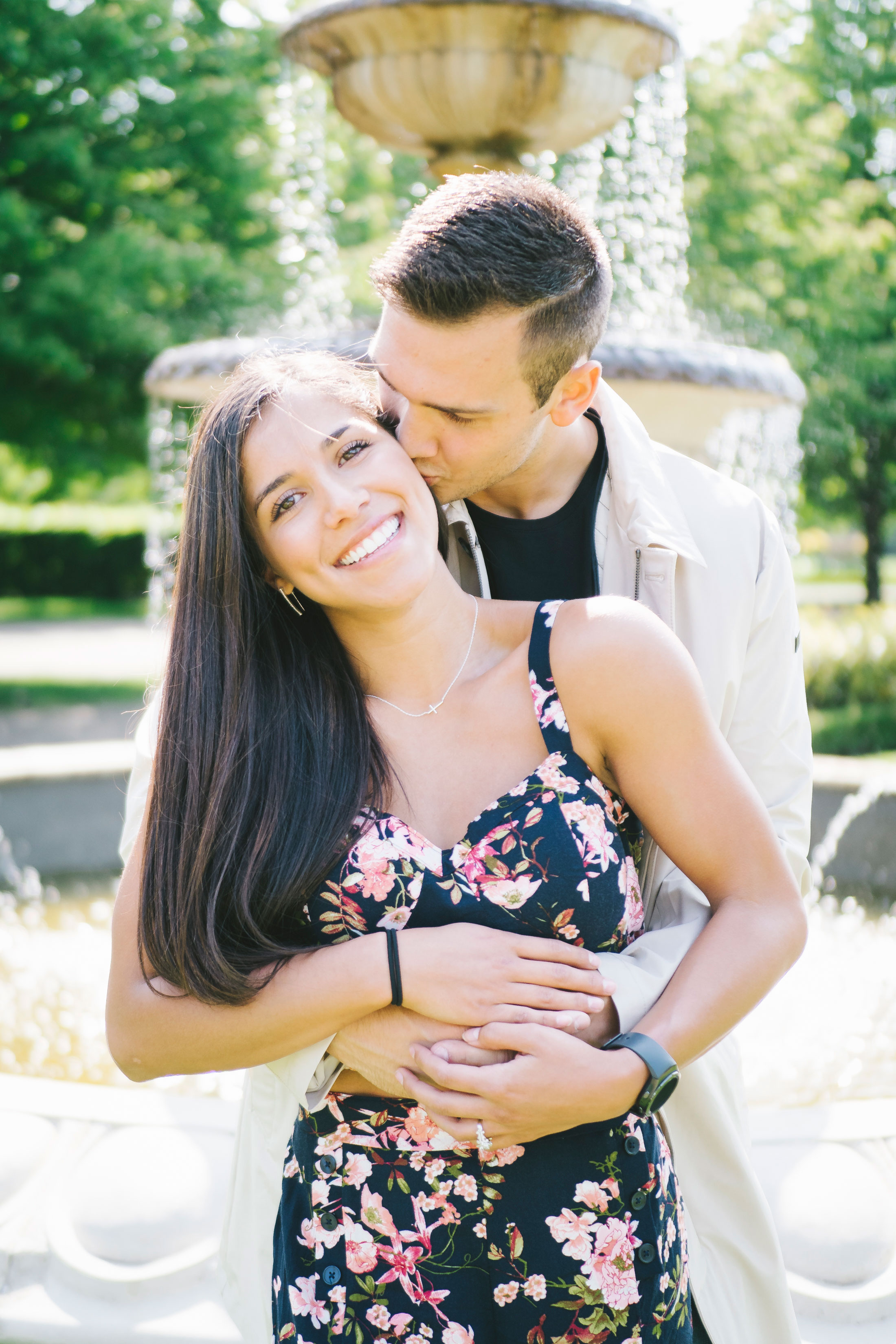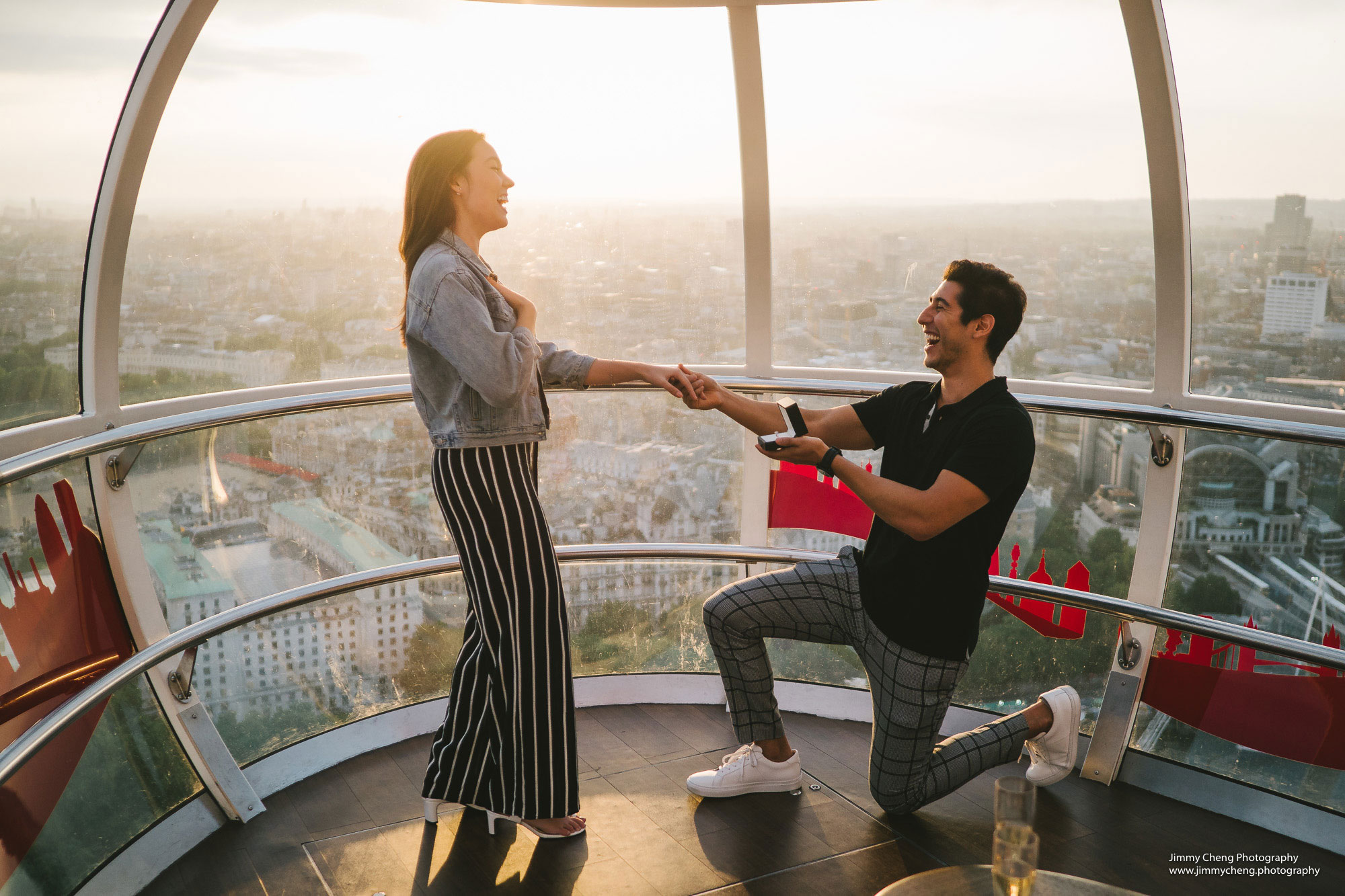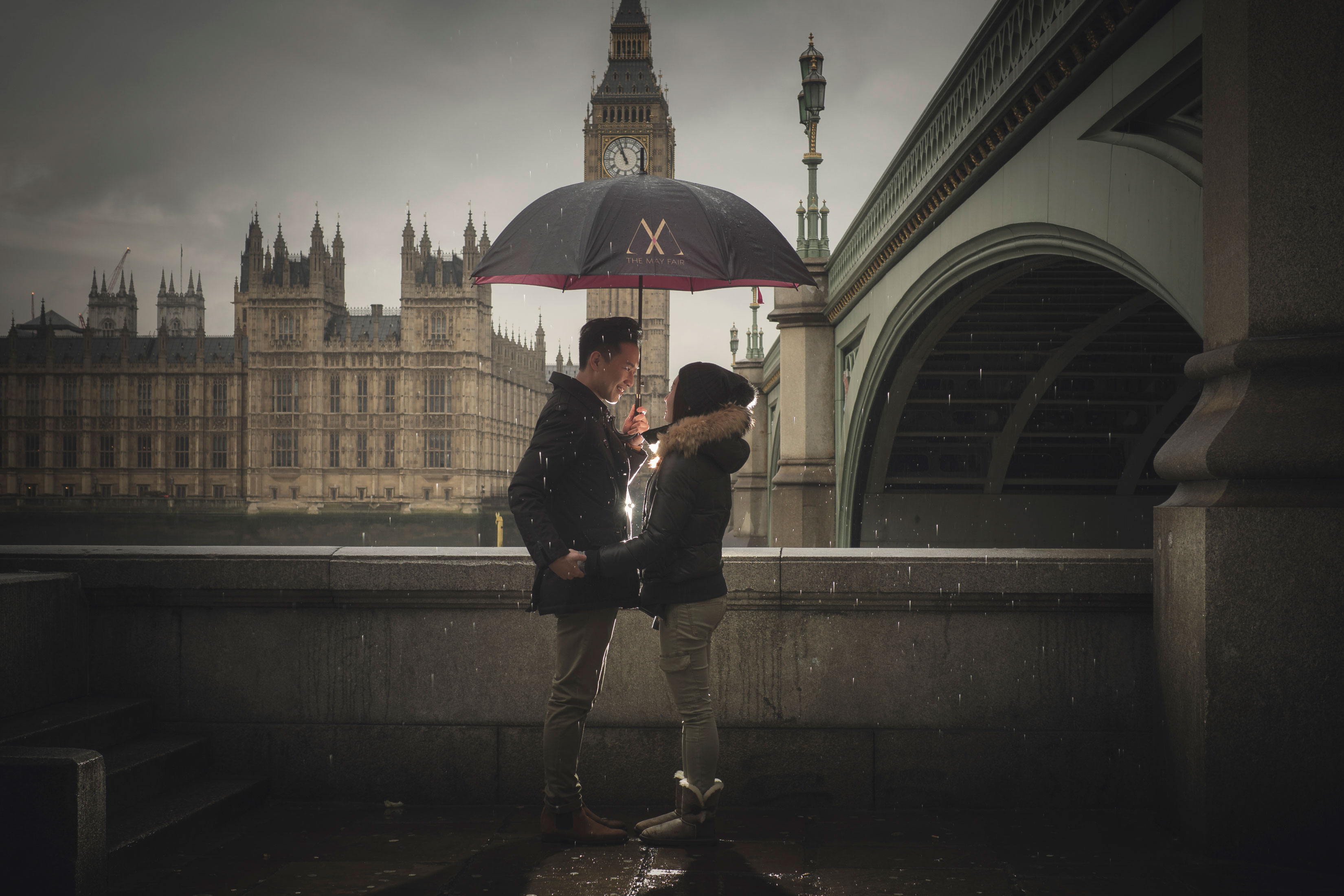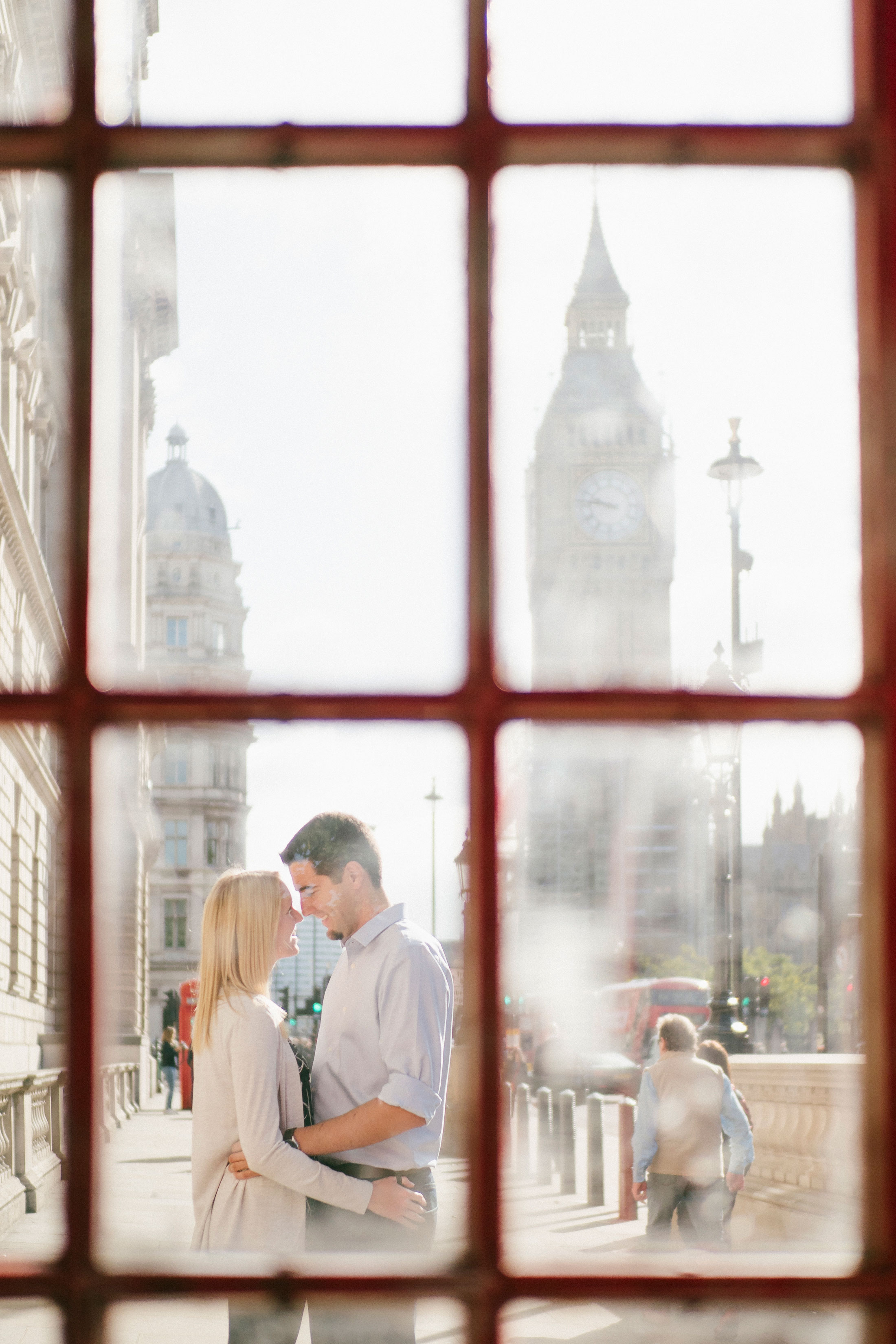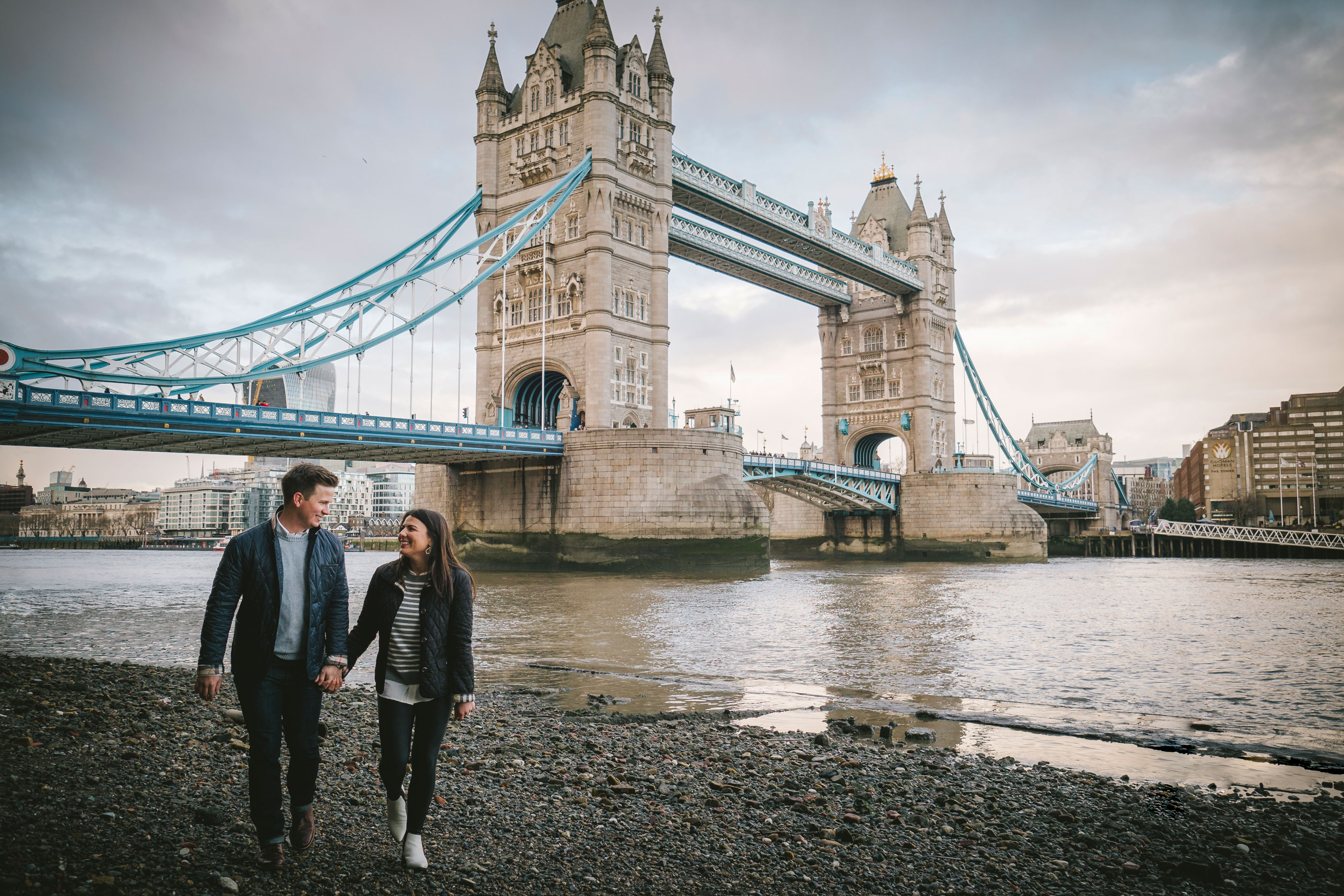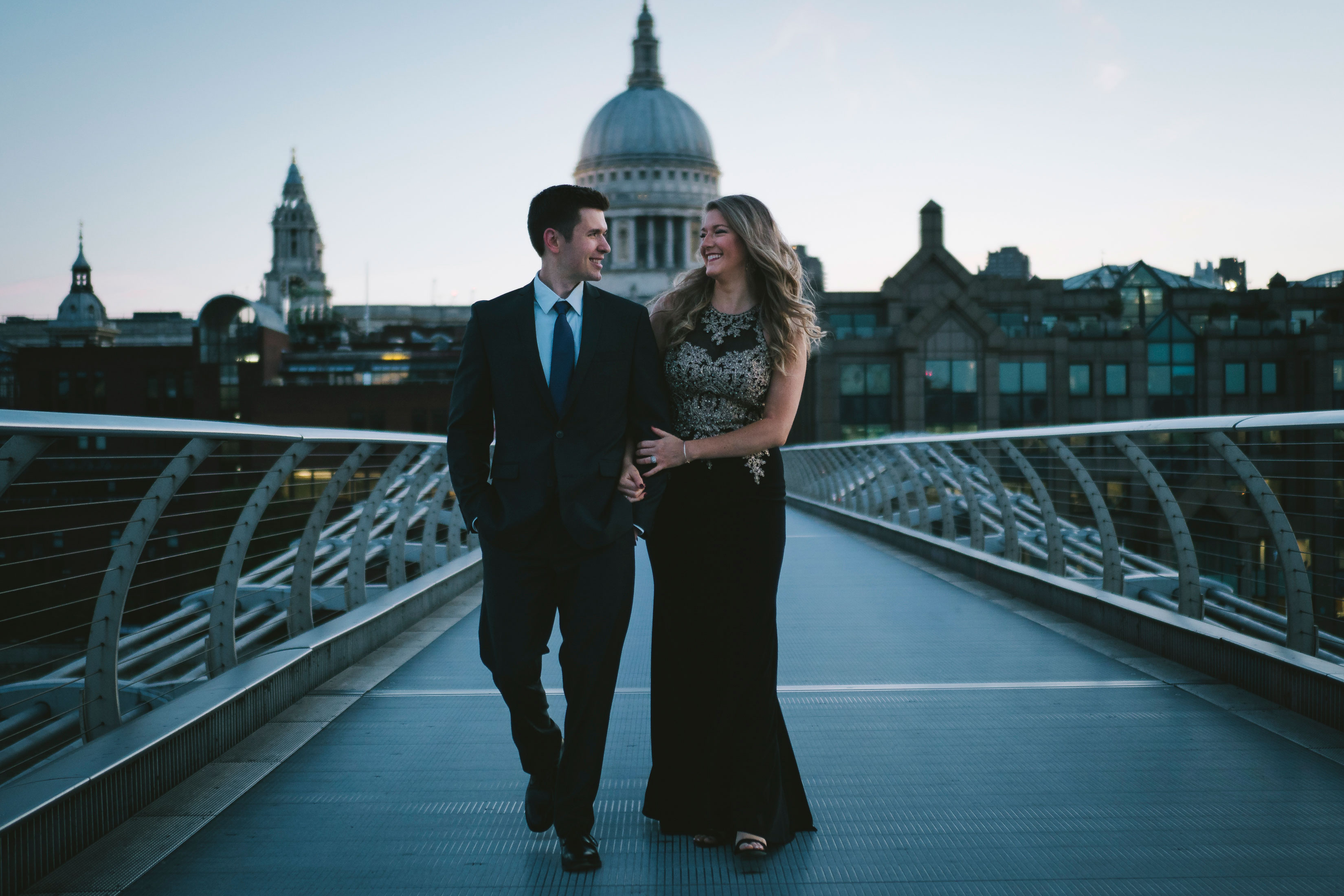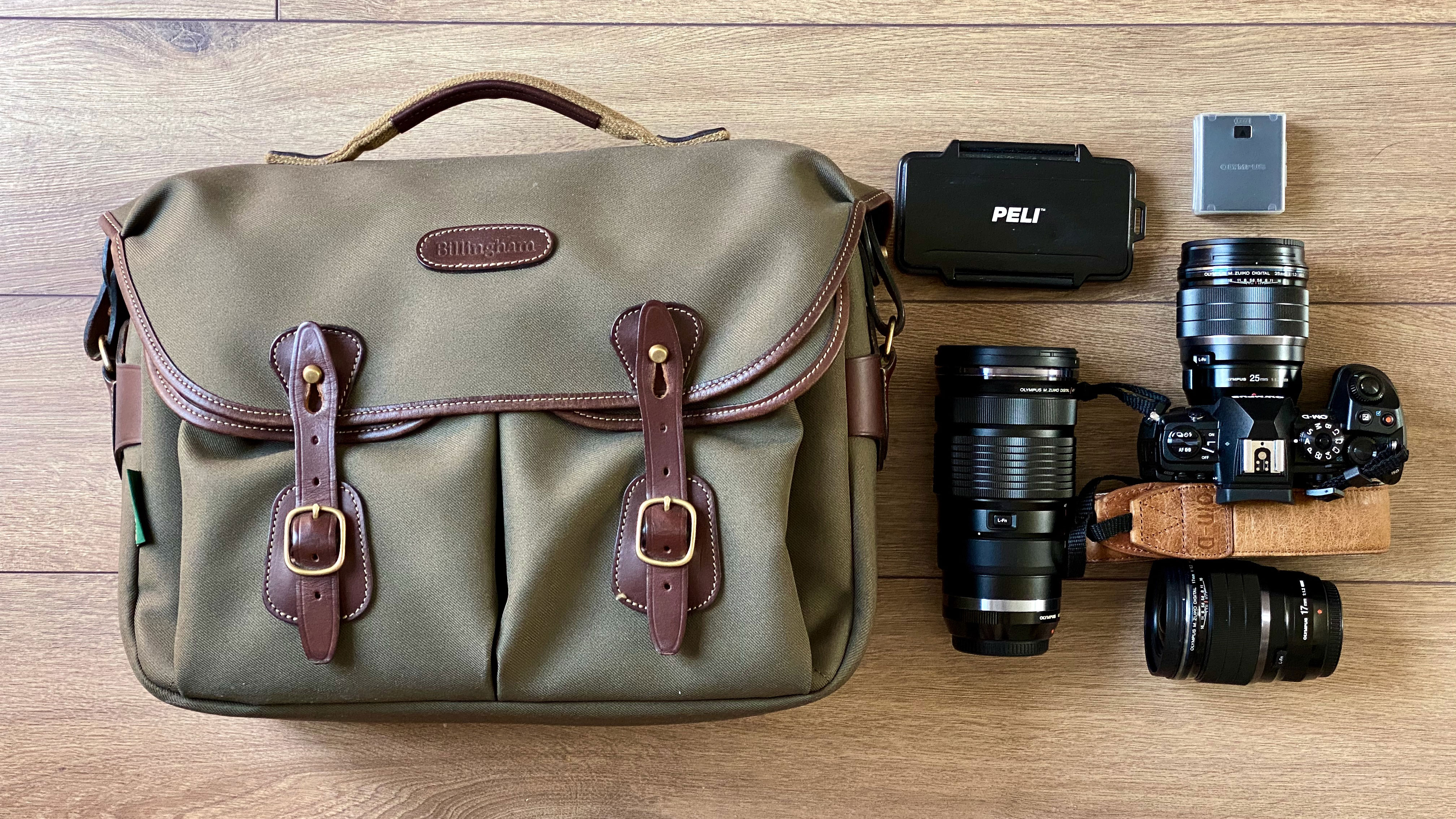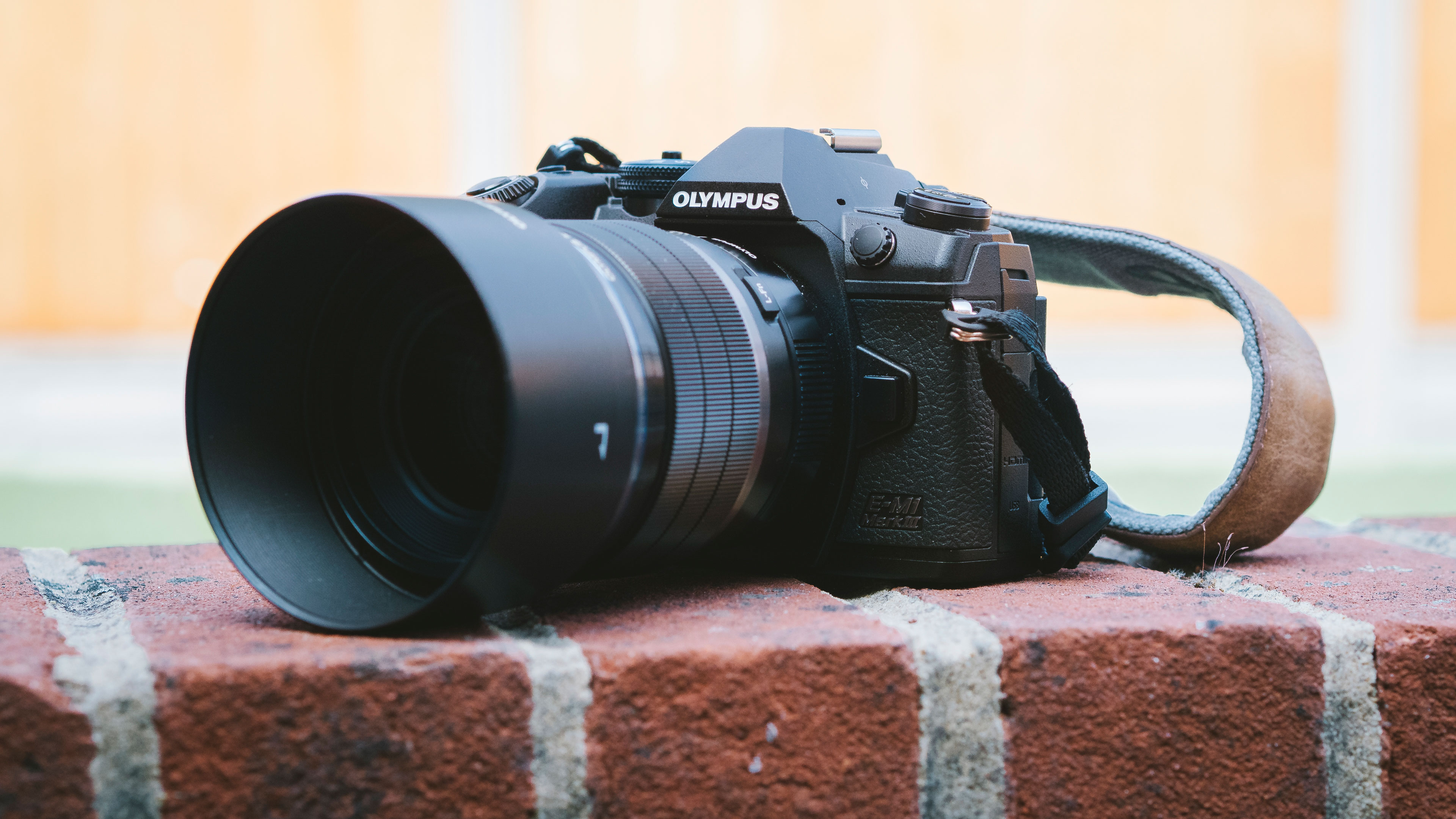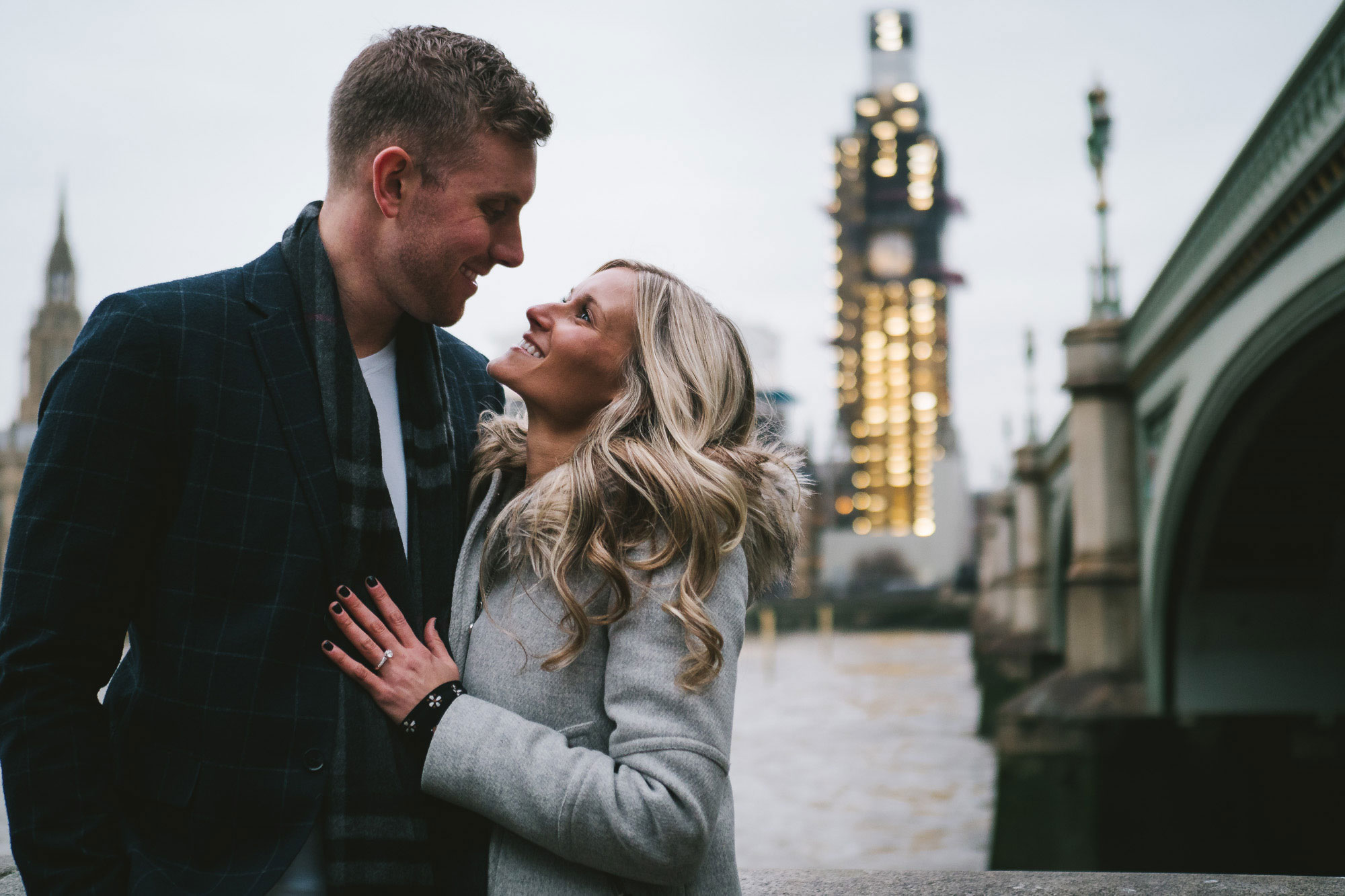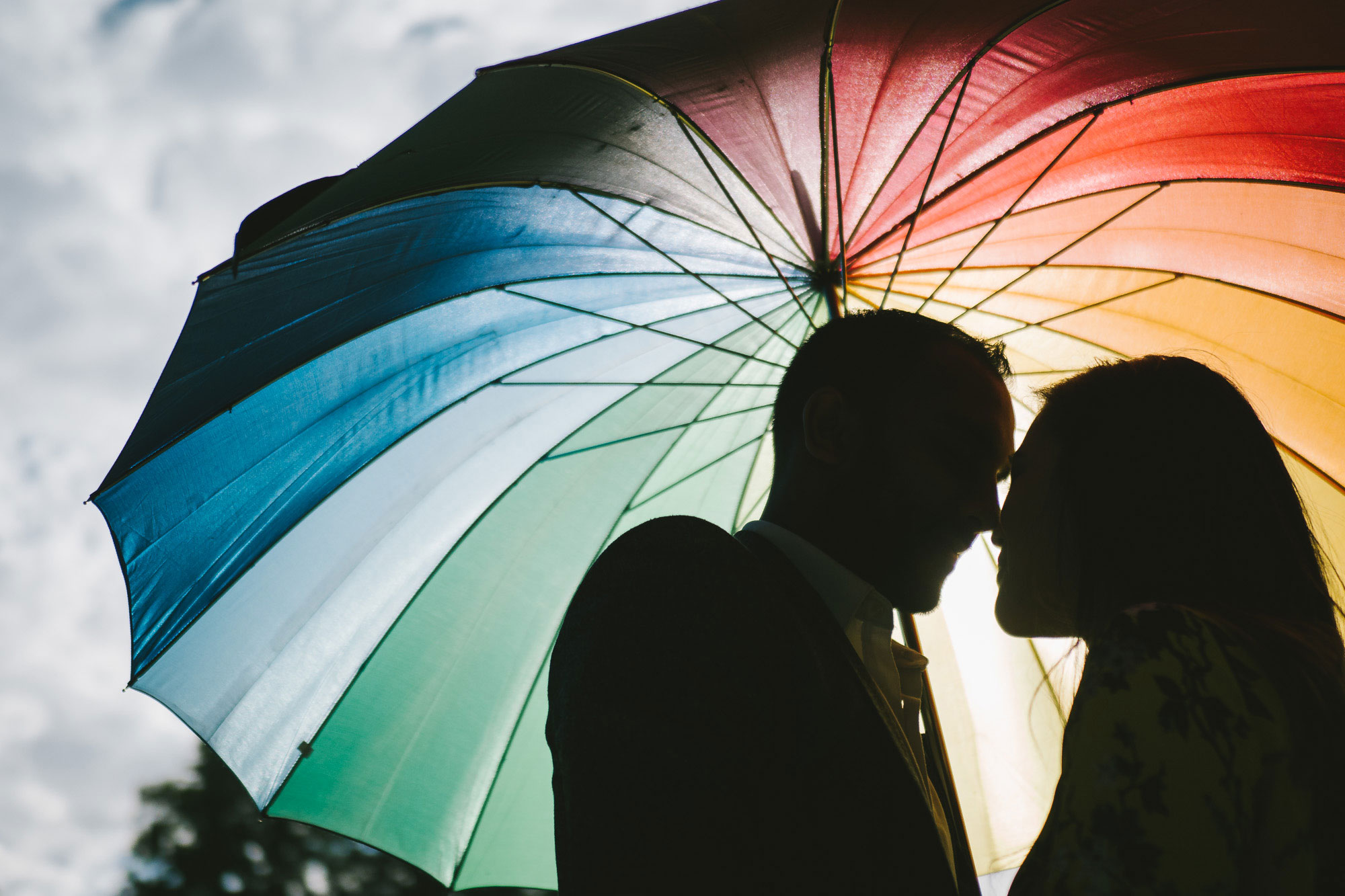Engagement photos and how to shoot them: 10 tips for great shots of couples
Engagement photos have really taken off, and they are a great chance to hone your people shots ahead of the wedding day
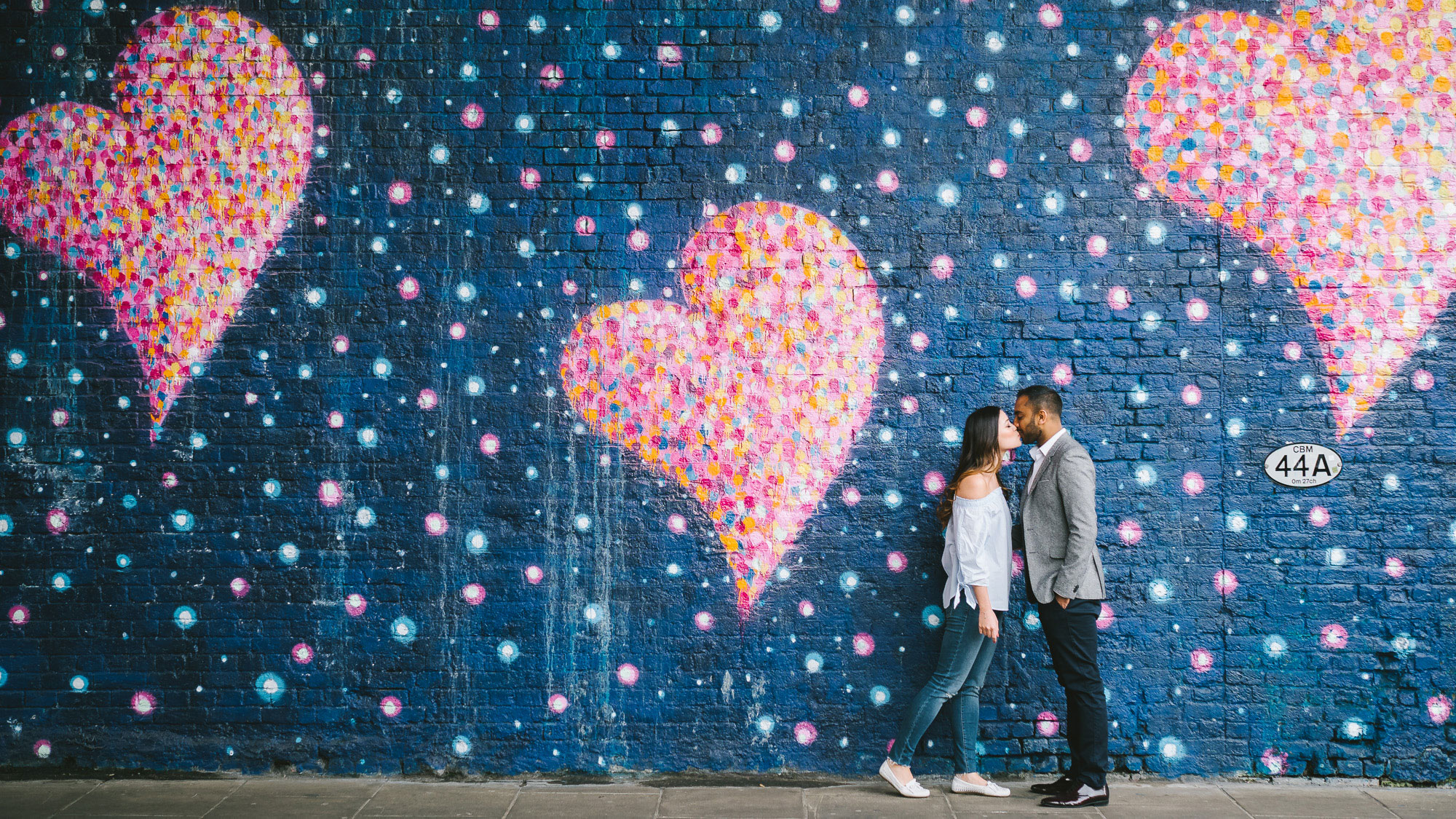
Engagement photos have become big business. If you are a wedding photographer they are another subject for the wedding preparations, and if you are learning to be a wedding photographer an engagement photoshoot will give you valuable experience without the pressure of the full wedding event.
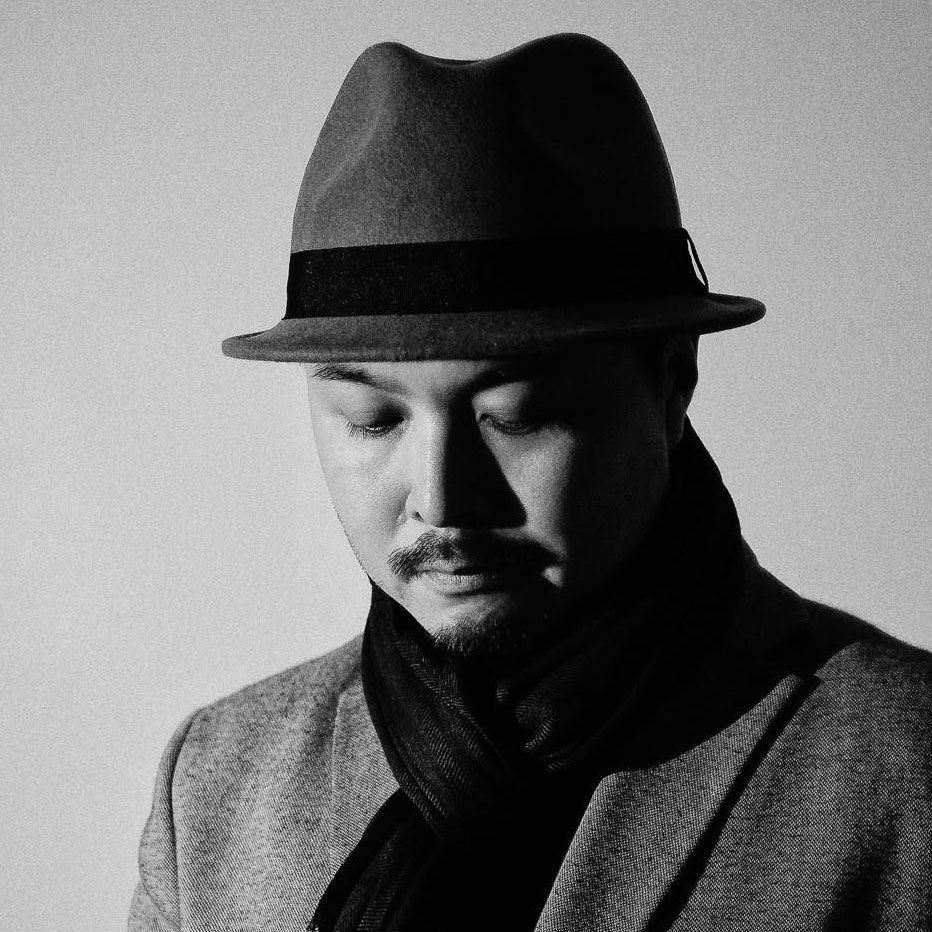
Jimmy Cheng is a wedding, travel and documentary photographer who has been photographing couples for the past two decades. "I think I am addicted to weddings and I simply love documenting them and what happens before and after!" Jimmy Cheng Photography
Many photographers spend a long time honing their skills in every imaginable technical aspect of photography, from exposure, composition to timing and execution. Yet photography, regardless of genre, requires much more than technical skill.
Having spent best part of the past two decades photographing couples and following their life journeys from proposals (yes live surprised proposals and something we can discuss later), to their big days and starting new families with new borns. I’ve been with the couples from the very beginning. Within this two decades, I’ve witnessed the rapid changes in photographic styles to couple’s demands and expectations. So here I am, hoping to share some of my experience and give you a few tips on how to take better engagement photos.
See also: Wedding photography tips
1. Make use of face and eye detect
Engagement photos are like a romanticised portrait session, and like any portraits, you need to make sure the face and eyes are in perfect in focus so the love and emotion are felt and seen when someone views the photos. Most modern digital mirrorless cameras will have a dedicated face detection mode, and the latest models such as my workhorse Olympus OM-D E-M1 Mark III has enhanced eye detection in addition to face recognition. This is an important feature these days for any portrait photographer.
2. Use continuous autofocus for candid moments
Together with face and eye detection, the use of continuous autofocus can help you get better candid engagement photos, which has become a trend in recent years. Traditional engagement with hard poses are showing its age and many new couples are looking at photographers who can capture the ‘essence’ of love and the sparks between them in a natural environment. This can be the couple sitting outside a cafe, walking along a riverbank, or even running if they are the active type. Therefore, with the latest auto focus and face and eye detection technologies, you can now capture those fleeting moments with ease, and with a short burst of frames you are unlikely to miss the moment.
The best camera deals, reviews, product advice, and unmissable photography news, direct to your inbox!
3. Learn to adapt to bad weather
With engagement photos, the majority of your shoots will be outdoor and you need to know how to adapt to changing environments. This is not so much about lighting conditions, but bad, changing or unpredictable weather. Your results and your reputation will depend on your ability to take great photos regardless of the weather. It will dramatically improve your prospects and attract couples looking for something different and creative. There’s an increasing demand from couples looking for the ‘difference’ and something to set their photos apart from the ‘normal’. So, many wouldn’t mind having some fun with rain for instance. Engagement photos are no longer just about sunny days. As a result, getting a weather sealed system will give you the confidence to shoot regardless of weather conditions. Remember, you can’t just have a weatherproof camera body, as the lenses and any accessories that you may use need to be able to withstand the elements too.
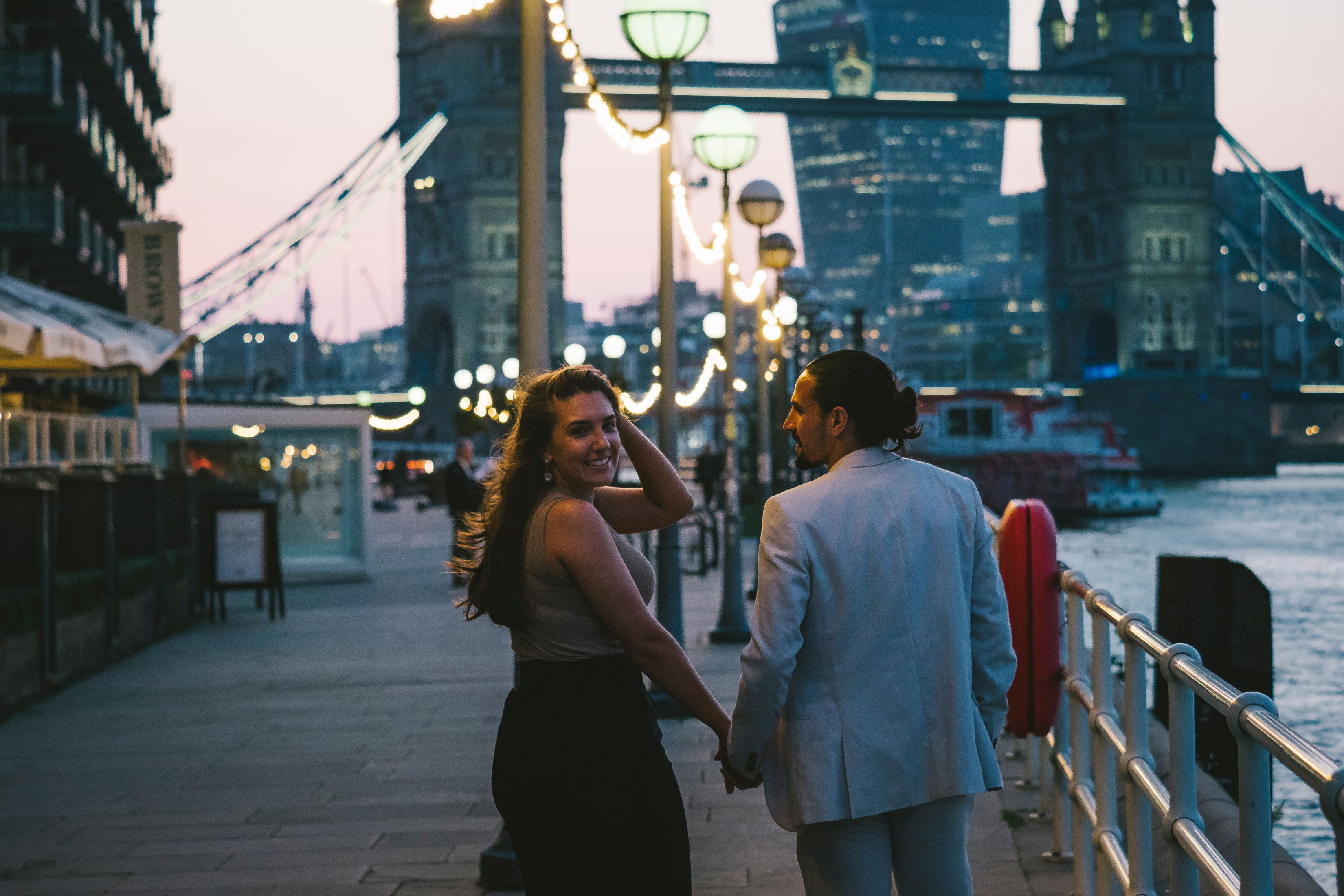
4. Be a paparazzi!
Modern couples prefer a story-telling style for their engagement photos, and not just a few pages of glossy magazine inspired portraits. They prefer a natural candid approach for their engagement shoot over the traditional rigid posed photos against some landmark backdrops. There are two main ways to convey such paparazzi feel to the couple, the ‘intrusive’ or ‘in your face’ style, and the ‘secretive’ and ‘silent’ captures. The first style requires the photographer to get super close to the couple with a wide angle lens – a 12mm lens on an MFT camera or 24mm on a full frame camera will do the job nicely. The second approach will need a longer lens so you can shoot from distance, so a medium telephoto lens like a 45 or even 75mm on MFT, or 90mm or 135mm on a full frame. For convenience, a fast professional tele zoom is also great, such as the Olympus 40-150mm 2.8 on MFT or a 70-200mm f/2.8 on full frame.
• Best lenses for street photography
• Best portrait lenses
• Best 70-200mm lenses
5. Develop your own creative style
To truly set yourself apart from the rest, you’ve got to stamp your photos with your own personal 'look'. Adding some creative shots into the set can give your couple a unique insight into your art and the effects you can achieve. For example, you could experiment with reflective surfaces, shoot through and between objects – any unique 'vision' you can add to your pictures will enhance your reputation and the value of your service.
6. Use the golden hours
These are the times soon after sun-up or near sundown when you will get the softest and warmest light for engagement photos, adding an all important glow to your subjects’ eyes and faces. Even if your couple can’t get up for the early morning, still aim to shoot before noon as if you leave it too late the sun will be directly above their heads and casting harsh shadows downwards on their faces. Shooting early also has other benefit, especially for city candid engagement photos. You want the photos to look natural yet controllable, so the fewer people on the streets the better. Whether it is weekdays or weekends, avoiding peak times can save you a lot of frustration and delays, and your couple will also feel less intimidated when posing in public if there are fewer people around them.
7. Use depth of field effectively
It’s very easy and very tempting to shoot wide open with your fast lenses, but overdoing it can start to look predictable ultimately devaluate you as a photographer. Couples don’t necessarily appreciate creamy bokeh the way most photographers do. They are more into the overall aesthetic, which includes the foreground and background. If the couple can’t see where they were, the photos have lost something for them. Second, this is a couple’s session and you have to get both of them in focus. It’s not too difficult with smaller format cropped sensor systems, but full frame photography is more challenging and you may often need to stop down the aperture to 5.6 or so, depending on the focal length or the distance between you and your couple, to get both subject in focus. There will be times you want a shallower depth of field to add romance and perhaps to eliminate unwanted distractions, but remember, use it sparingly and creatively, and not just because it's the current fashion.
8. Pack light
You won't need ever bit of kit in your system, and it's important to manage how much you pack in your bag. You want to have only the gear you NEED for the shoot. Having a giant camera roller case or huge backpack doesn’t make you a professional. It’s clumsy and will definitely slow you down especially when you have to navigate through the city with the couple. Traveling light also makes you less conspicuous and less likely to be stopped by private security guards... and less of a target for thieves.
Read more: Best shoulder bags
9. Camera choice
Literally any camera you buy these days can take great photos. But if you are to shoot engagement photos as a profession, you need a reliable camera that performs whenever and wherever you are, under whatever weather condition. The ideal is a camera with a rugged metal build body that's fully weather sealed, fast and accurate autofocus with face and eye detection, ample buffer for a few continuous bursts and dual card slots for instant backup. My current workhorse is Olympus OM-D E-M1 Mark III, but different photographers look for different qualities.
Read more: Best professional cameras
10. Lens choice
This is more a personal preference. While I can’t speak for every photographer, my work bag has two prime lenses, the Olympus 17mm f1.2 Pro (35mm equivalent) and 25mm f1.2 Pro (50mm equivalent) and a telephoto zoom, the 40-150mm f2.8 Pro (80-300mm equivalent). Depending on the location, I may also take the 7-14mm f2.8 Pro (14-28mm equivalent) if I want a very dramatic shot in front of a great landmark. These are Micro Four Thirds lenses, but the equivalent in full frame will be a 35mm f1.4, 50mm f1.4, 70-200mm f2.8, and the ultra wide zoom would be something like a 16-35mm f2.8.
Read more: Best lenses for wedding and event photography
Best accessories for engagement photos
There are many things you should think twice about before packing, such as speedlights, because unless you are having a full blown commercial shoot, shooting with natural light is by far the best and easiest option.
But some accessories are useful and sometimes critical. First is a laptop power bank. Many cameras these days allow USB charging. Even if you are a veteran in photography, there are times that you are either over-enthusiastic with your shooting or you simply forgot to charge your batteries the night before and arrive with half tank of fuel that won’t last the entire engagement session. Bringing spare batteries of course can avoid this problem, but don’t forget your phone also needs power. And don't forget spare memory cards, in case the ones in your camera become corrupted or fill up early.
Other little things such as lens wipes, tissues, even sanitizing hand gel is super useful to have in your bag in today's world.
Shooting engagement photos is fun if you allow it to be, and our tips will take you a long way to having a successful session with your couple. You should never treat engagement photos solely as a job and be too rigid on things. Relax, be your creative self, and enjoy your work!
Read more: The best camera accessories
